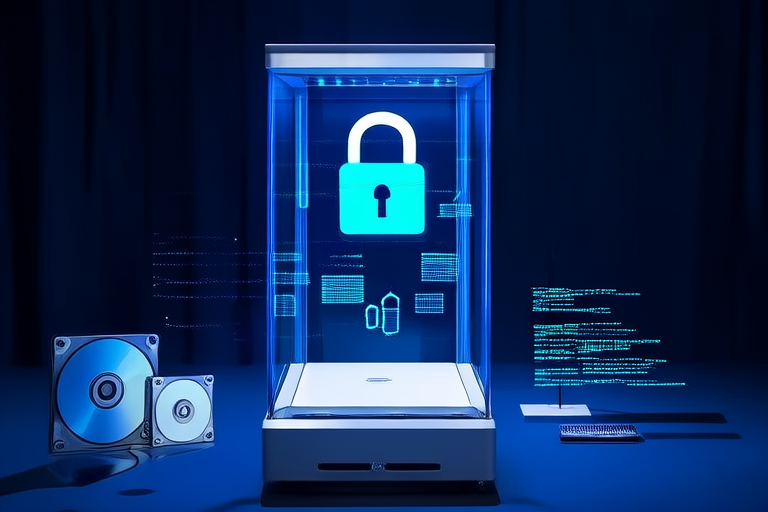The Evolution of Data Security: Protecting Your Digital Assets in 2023
Introduction
In today’s digital age, data security is more important than ever before. As our lives increasingly move online, the value of our digital assets—whether personal information, financial records, or intellectual property—has grown exponentially. With this growth comes an increased risk of cyberattacks, making it crucial for both individuals and organizations to take proactive measures to safeguard their data. The landscape of data security has evolved significantly over time, driven by the increasing sophistication of cyber threats. From simple viruses to complex ransomware attacks, the methods used by malicious actors have become more advanced and harder to detect. In this article, we will explore the history of data security, current challenges, emerging technologies, best practices for 2023, and future outlook.
Historical Context
The journey of data security began in the early days of computing when basic encryption techniques were introduced to protect sensitive information. Over time, as networks expanded and connected devices became more prevalent, new challenges emerged. Firewalls were developed to create barriers between internal networks and external threats, while antivirus software was created to detect and eliminate malware. These foundational technologies laid the groundwork for modern cybersecurity practices. Key milestones include the development of public-key infrastructure (PKI) for secure communication, intrusion detection systems (IDS), and the establishment of international standards like ISO/IEC 27001. Each advancement built upon the last, contributing to the robust ecosystem of tools and strategies available today.
Current Challenges
Despite significant progress in data security, organizations and individuals continue to face numerous challenges. Advanced persistent threats (APTs) are long-term, sophisticated attacks that target specific entities, often remaining undetected for extended periods. Ransomware attacks have become particularly devastating, encrypting victims’ data and demanding payment for decryption keys. Insider threats pose another significant risk, whether through accidental breaches or deliberate sabotage. Phishing and social engineering tactics exploit human vulnerabilities, tricking users into revealing confidential information. Compliance with regulations such as the General Data Protection Regulation (GDPR) and California Consumer Privacy Act (CCPA) adds another layer of complexity, requiring stringent data handling policies and procedures.
Emerging Technologies
To combat these challenges, several emerging technologies offer promising solutions. Artificial intelligence (AI) and machine learning (ML) are being integrated into threat detection systems, enabling real-time analysis of vast amounts of data to identify anomalies indicative of potential attacks. Blockchain technology provides a decentralized, tamper-proof ledger ideal for secure transactions and identity management. Zero-trust architectures assume no inherent trust within a network, requiring verification at every step, thereby minimizing the impact of breaches. Quantum computing, although still in its infancy, holds the potential to revolutionize cryptography, necessitating the development of quantum-resistant algorithms.
Best Practices for 2023
Given the ever-evolving nature of cyber threats, adopting best practices is essential. Multi-factor authentication (MFA) adds an extra layer of protection beyond passwords alone, making unauthorized access more difficult. Regular software updates and patch management ensure systems remain protected against known vulnerabilities. Employee training and awareness programs educate staff about common attack vectors and encourage vigilance. Implementing robust data backup and recovery strategies safeguards against data loss due to accidents or malicious activities. Developing comprehensive incident response plans prepares organizations to quickly mitigate damage and restore normal operations following a breach.
Future Outlook
The future of data security promises exciting innovations but also requires constant adaptation and vigilance. Potential trends include the widespread adoption of AI-driven cybersecurity solutions, further integration of blockchain into everyday applications, and greater emphasis on privacy-preserving technologies. As quantum computing matures, it will likely transform cryptographic methods, prompting the development of post-quantum cryptography. Continuous learning and staying informed about emerging threats will be vital for maintaining effective data security strategies. By embracing these advancements and fostering a culture of security awareness, individuals and organizations can better protect their digital assets in an increasingly interconnected world.




